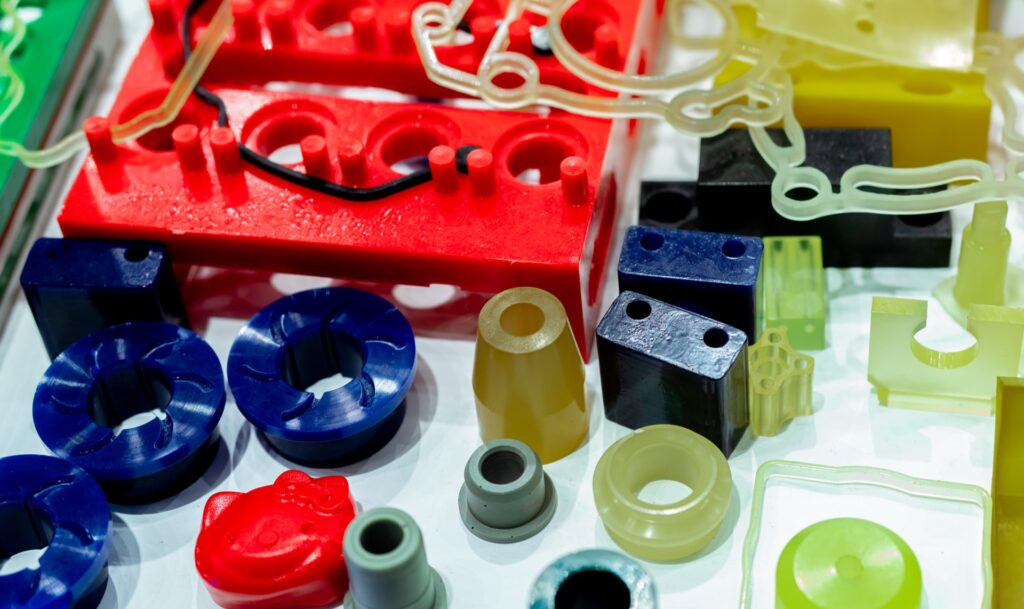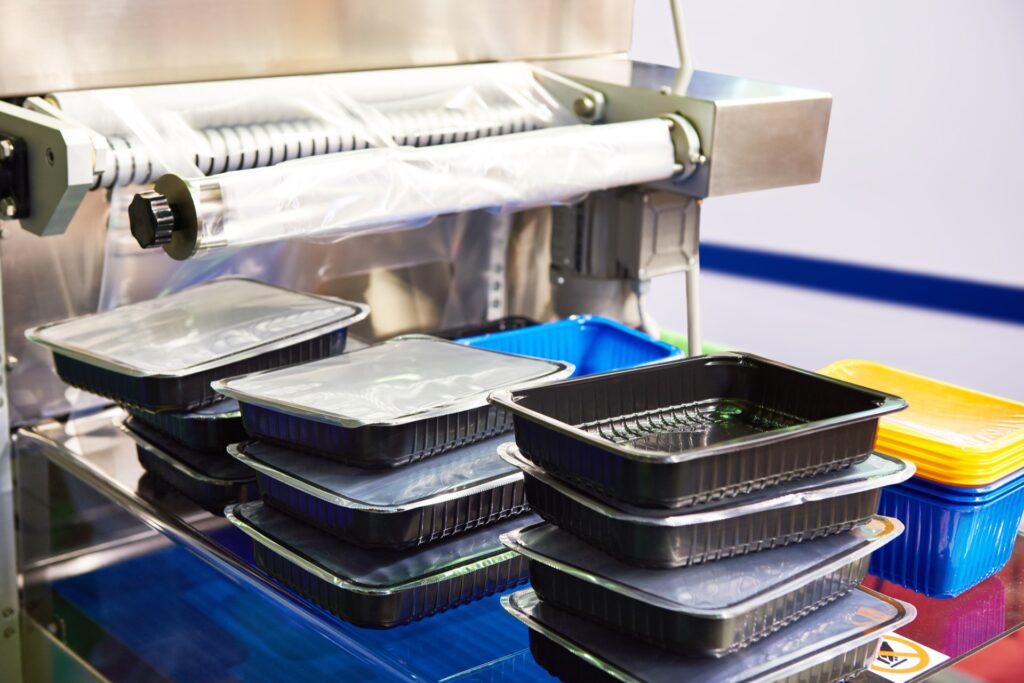Like metals, there are also a huge host of plastics available to choose from. One of the ones that’s most frequently used is High-Density Polyethylene (HDPE). We detail some of the most interesting facts about HDPE and why you should consider using it for your next project.
What Are Some of the Benefits and Interesting Facts About HDPE?
Due to its properties, HDPE is one of the most popular choice if not one of the number one choices for many kinds of applications.
- It’s easily meltable and mouldable making it easy to form into whatever shape is desired. Thanks to its high melting point, the plastic will remain rigid until very high temperatures at which point it becomes malleable enough to form in any way you choose.
- Like many other plastics, HDPE is highly corrosion resistant. The material resists mould, mildew, and rotting so even in wet or damp applications it can still hold its shape for long periods of time without compromising its structural integrity. Weather isn’t the only thing it can endure though as it can resist damage even from strong mineral acids and bases.
- HDPE has a high strength-to-density ratio making it perfect for lightweight, but strong storage capabilities.
What Are Some of the Applications of HDPE?
Plastics as a whole are incredibly versatile, but HDPE is one of the leaders of this without question. Due to its properties, it’s used in everything from food packaging to the construction industry.
HDPE in the Food Industry
Because HDPE can be sterilized, it’s been approved for using it with food. Typically, this comes in the following forms:
- Food and drink containers
- Bread and produce bags
- Cereal box liners
In other words, if you’re carrying food home from a restaurant there’s a good chance they gave you a container that’s made of HDPE.
HDPE in Consumer Products
This kind of plastic has applications beyond the food and drink industries though. Consumer products like those used in the personal care industry frequently make use of HDPE. For instance, shampoo and conditioner bottles are often made of this kind of plastic.
HDPE in Construction Applications
Thanks to its high malleability, rigid strength, and corrosion resistance, high-density polyethylene is the perfect combination of strength and cost-efficiency that makes it a strong candidate for use in construction.
Industry-specific examples of this include wood-plastic composites, 3D printing filament, and even hard hats.
How HDPE Is More Environmentally-Friendly
One problem with plastics is that sometimes they aren’t environmentally-friendly in their construction or can’t be recycled, but that’s not the case with HDPE. HDPE (often marked by a “2” in the triangle on the bottom of things like water bottles) can easily be recycled and used again.
In fact, in its recycled form the plastic can be used to make:
- Plastic storage containers
- Plastic lumber
- Plastic outdoor patio furniture
- Plastic playground equipment
- Plastic automobile parts
- Plastic trash cans, compost bins, and recycling bins
Overall, HDPE has numerous benefits to using in a variety of applications. Its versatility makes it one of the most widely-used kinds of plastic and will likely continue to be used frequently in the future.


